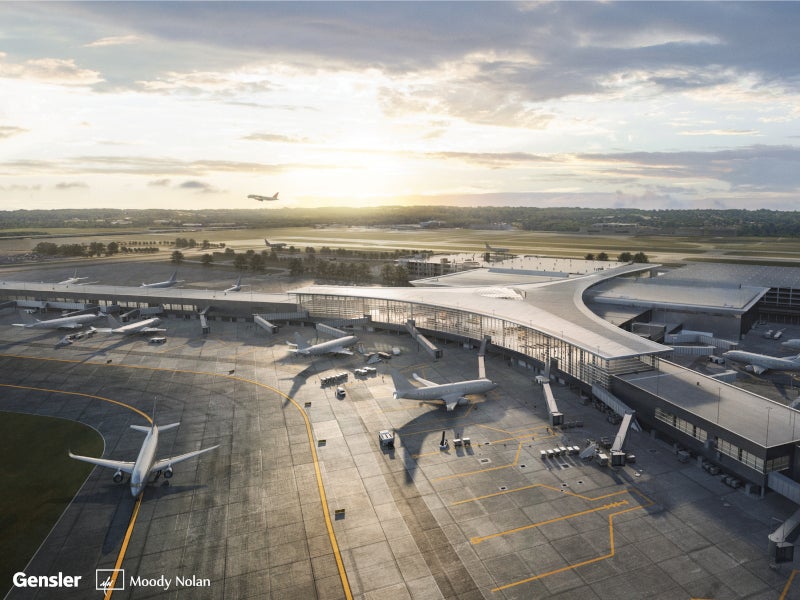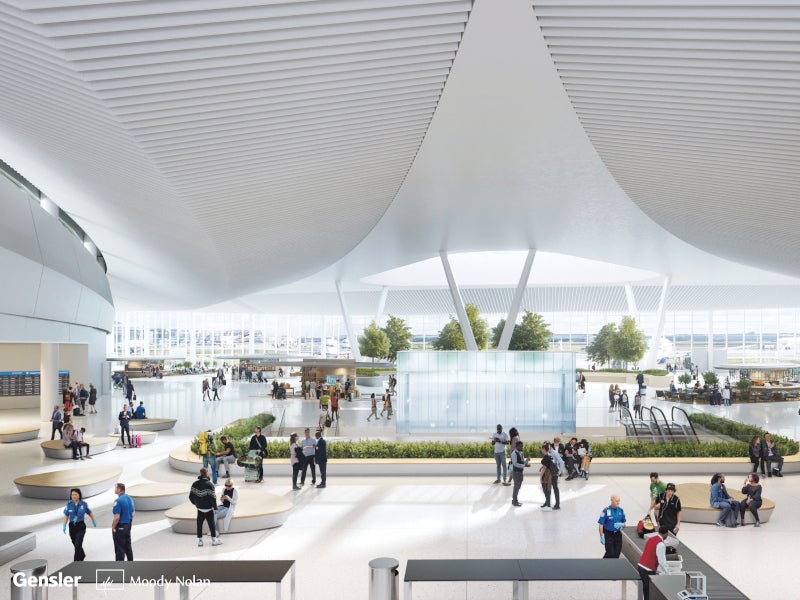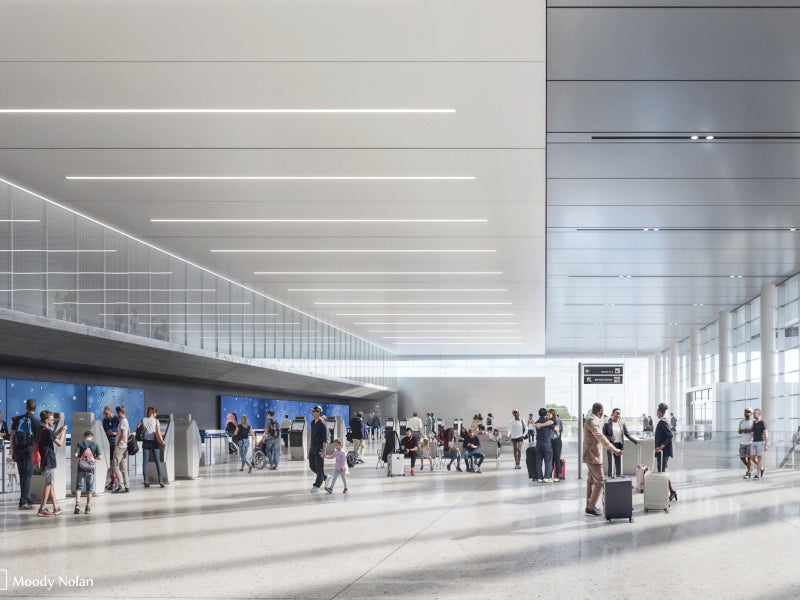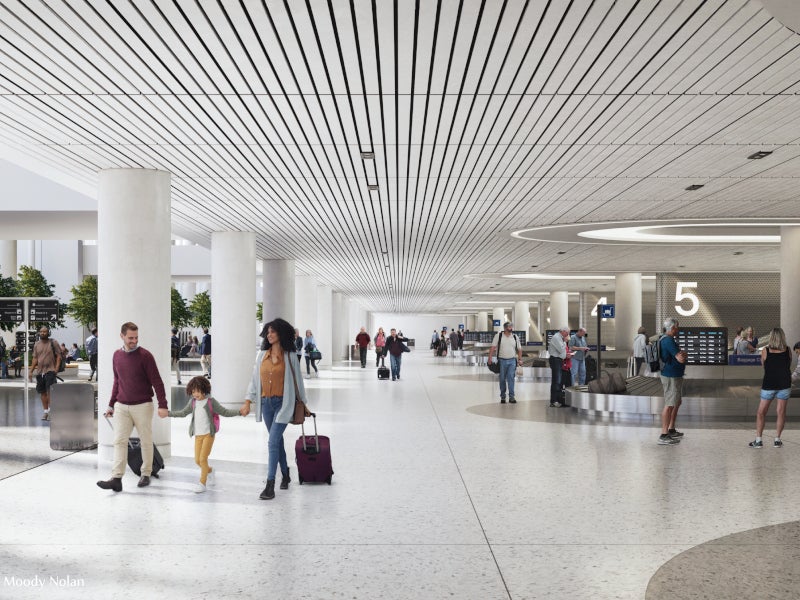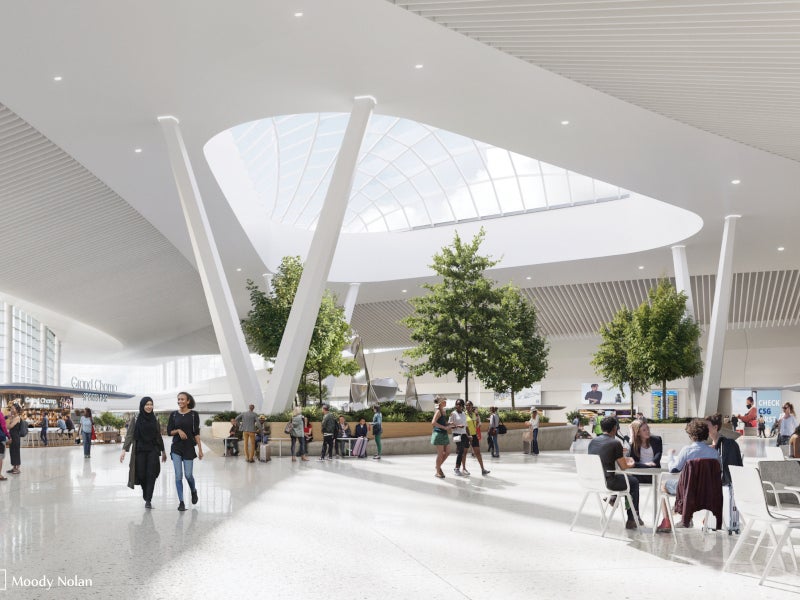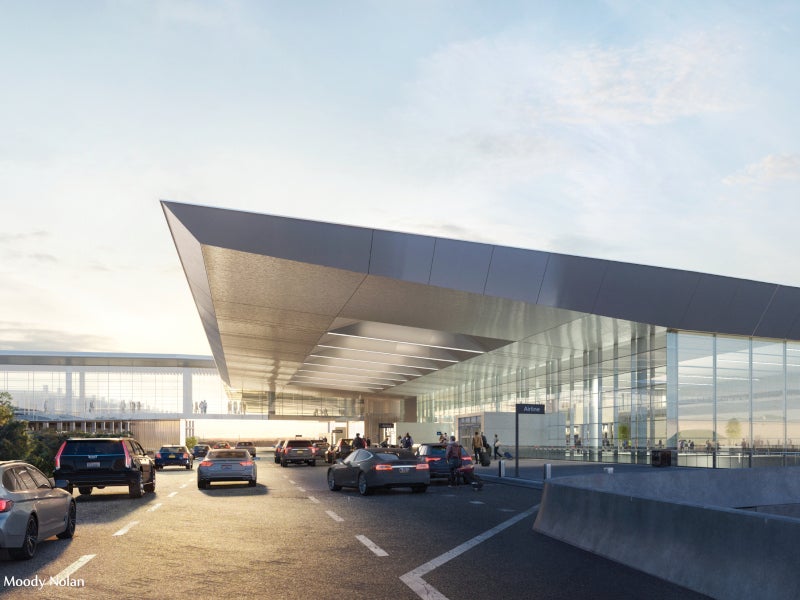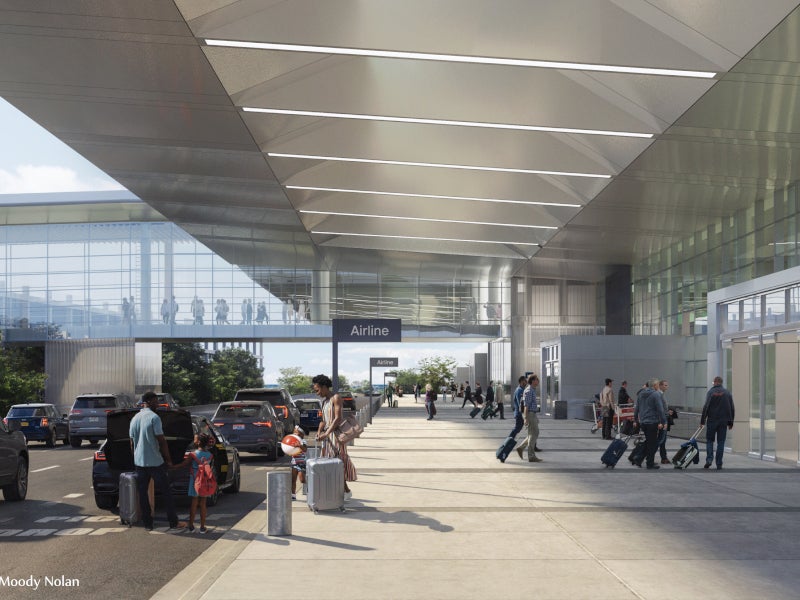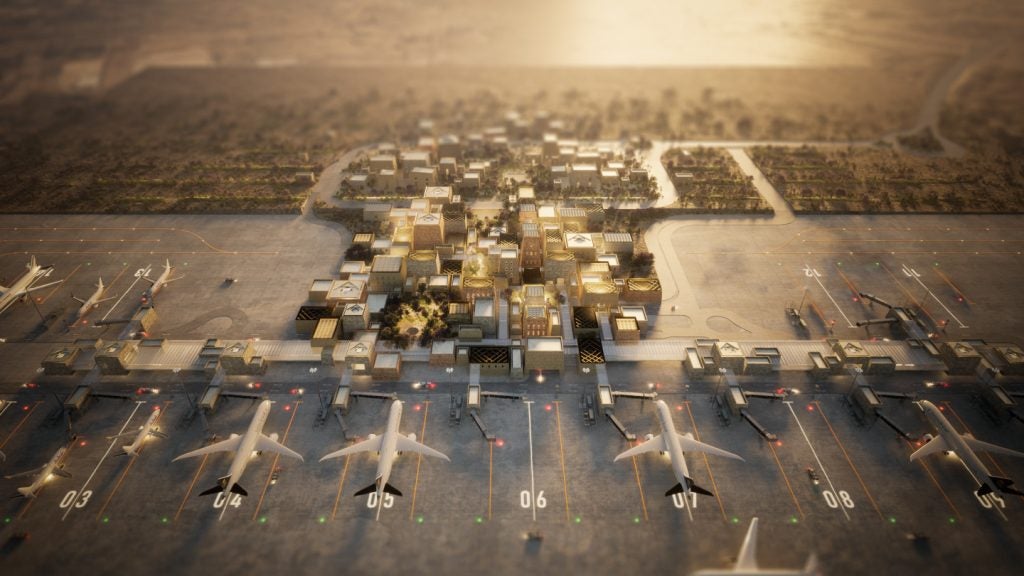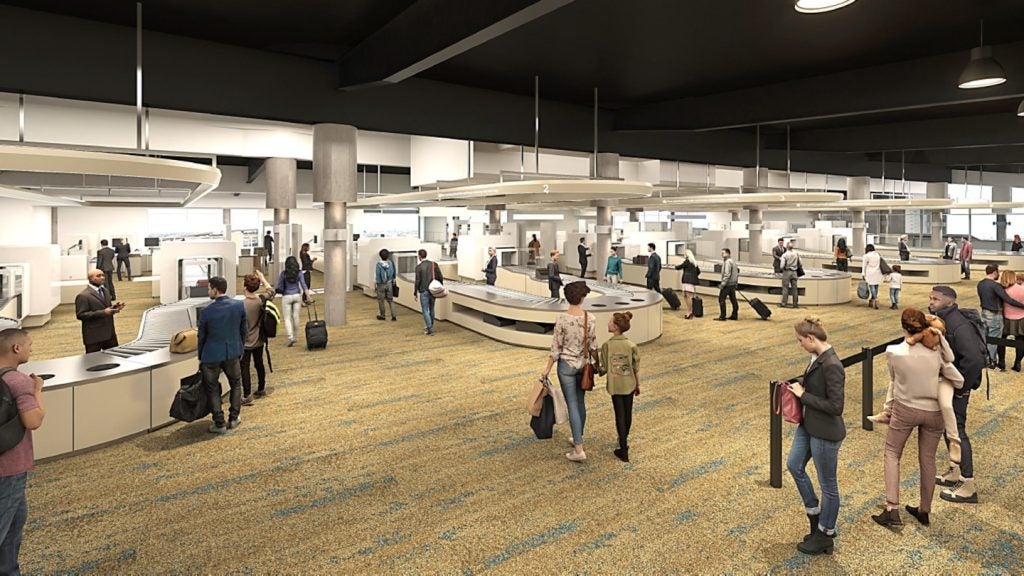The John Glenn International Airport, located six miles east of downtown Columbus, Ohio, is an international airport managed by the Columbus Regional Airport Authority (CRAA). The airport code is CMH, which stands for Columbus Municipal Hangar.
The CRAA is set to embark on a significant development project at the John Glenn International Airport, involving the construction of a new passenger terminal and adjacent parking garage, with an estimated investment of $2bn.
The commencement of construction is expected in early 2025, and the new terminal is expected to become operational in early 2029.
The expansion will bolster the airport’s capability to accommodate more than 13 million passengers a year, a 51% increase in daily passenger capacity. The existing terminal will be subsequently demolished.
Need for a new passenger terminal
The existing terminal at CMH was opened more than six decades ago in 1958 and is reaching the end of its useful life after serving over eight million passengers a year. The airport currently facilitates 148 nonstop flights to 31 airports through nine airlines.
Given the strategic importance of the airport to the Midwest US’ fastest-growing city, and with Columbus’ population expected to exceed three million by 2050, the CRAA has identified the need for a new terminal.
Location
The CMH airport is located at 4600 International Gateway, Columbus, in Ohio. The new terminal is planned to be developed in the current location of the Blue and Cell Phone Parking Lots, adjacent to the existing rental car centre.
Details of the new terminal at John Glenn International Airport
The new terminal at CMH will encompass an area of one million square feet. It will feature a centralised passenger security checkpoint for enhanced efficiency. The checkpoint will open to a central atrium with natural light and views of the airfield and skyline.
The terminal will boast 36 gates, including two international arrival gates and marking a 25% increase over the existing terminal. The aircraft gates and modern concession facilities will be designed for maximum flexibility, allowing the airport to scale with the region’s growth.
The central marketplace within the terminal will serve as a central link between adjacent areas, offering an architectural focal point that ensures an equitable experience for all visitors.
The marketplace will have new food and beverage options. The hold rooms will be 40% to 60% larger than those in the existing terminal for passenger comfort.
A new 5,000-space parking garage, besides the existing consolidated car rental facility, will include accessibility accommodations. A pedestrian bridge will provide a seamless connection to the transportation centre, parking garage, and rental car centre.
Terminal design and features
The design of the new terminal at the John Glenn International Airport is inspired by the natural confluence of the Olentangy and Scioto Rivers. Its Y-shaped form reflects the merging waterways, symbolising the journeys of travellers and the terminal’s role as a connector in the region.
The terminal’s exterior is designed for streamlined access to various modes of ground transportation, including transit, rental cars, and parking.
The entrance is strategically planned to facilitate the smooth circulation of passengers, offering proximity to the ticketing lobby and security checkpoint.
As passengers enter the concourse, they are greeted by a grand skylight that bathes a retail and concessions plaza in daylight, creating a communal space.
The design choice is intended to evoke the feeling of the expansive Midwestern horizon and sky, providing an uplifting atmosphere and aiding intuitive navigation through the terminal.
The concourse’s fluid aesthetic is further emphasised by additional skylights with organic shapes that define various neighbourhoods within the terminal, where passengers can relax before their flights.
Sustainability features
The new terminal aims to achieve Leadership in Energy and Environmental Design certification, reflecting a commitment to environmental responsibility. It will incorporate energy-efficient systems to reduce energy impact and a reclaimed water system to minimise water usage.
The terminal will feature electric charging stations in the parking garage, facilities to charge ground service handling equipment, and daylight-efficient design materials, including smart glass. LED fixtures will be installed throughout the terminal to optimise energy use.
In addition, the building will incorporate sustainable management systems for temperature control and will be fitted with low-flow toilets to reduce water consumption. Hydration stations will also be available for passengers to refill reusable water bottles.
The project prioritises the reuse of construction materials to minimise waste and the selection of environmentally preferable materials.
Contractors involved
Gensler, an architecture, design and planning company, collaborated with Columbus-based architect Moody Nolan to provide professional design services for the new terminal.
The CRAA appointed Hensel Phelps as the construction manager at risk for the project in June 2023.
Hensel Phelps is working in partnership with Elford, a local general contractor, to deliver preconstruction and construction services.
The team has also engaged with several Ohio-based Diverse Business Partners/Disadvantaged Business Enterprise -certified small businesses, playing a crucial role during the preconstruction phase.

